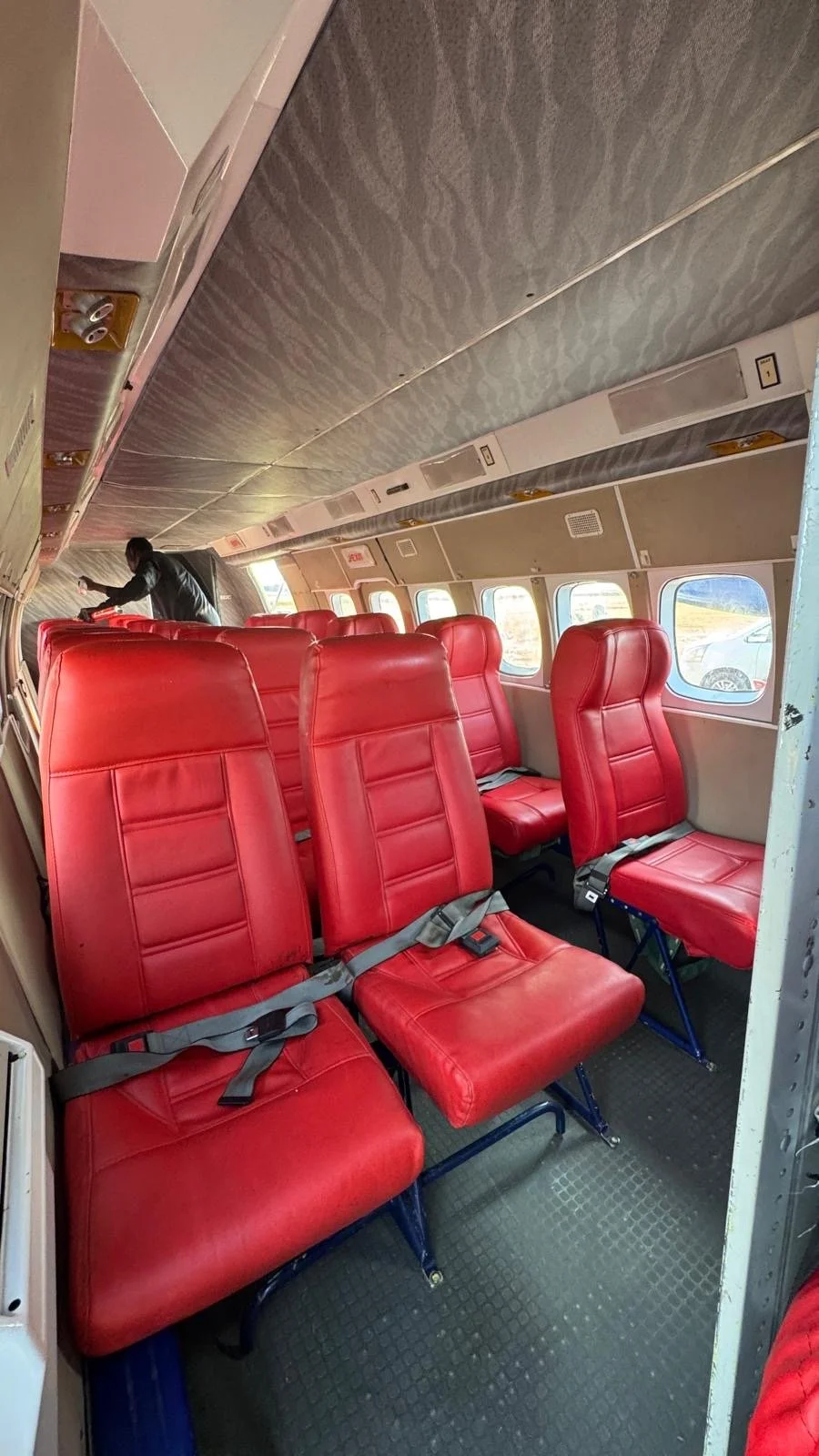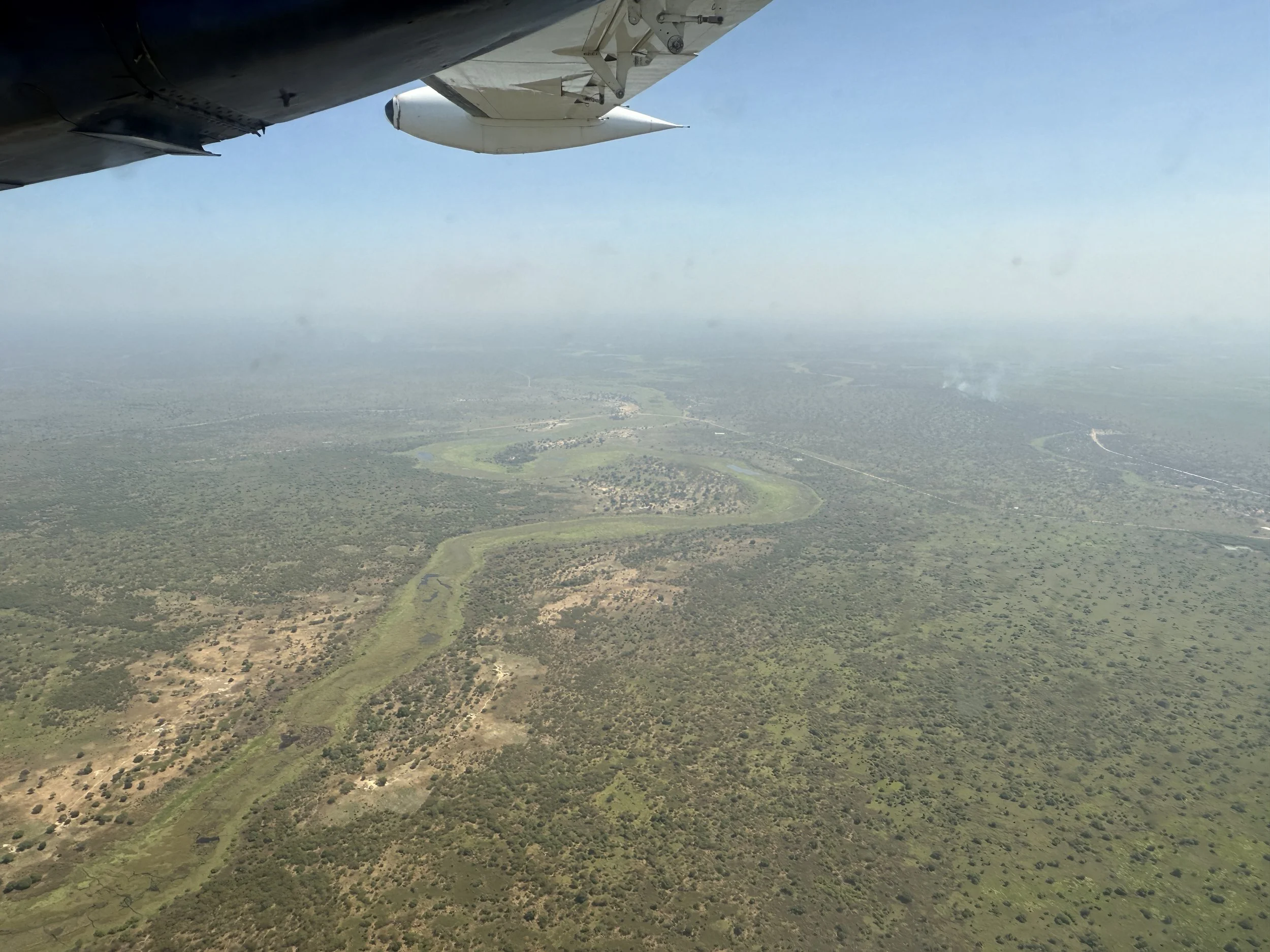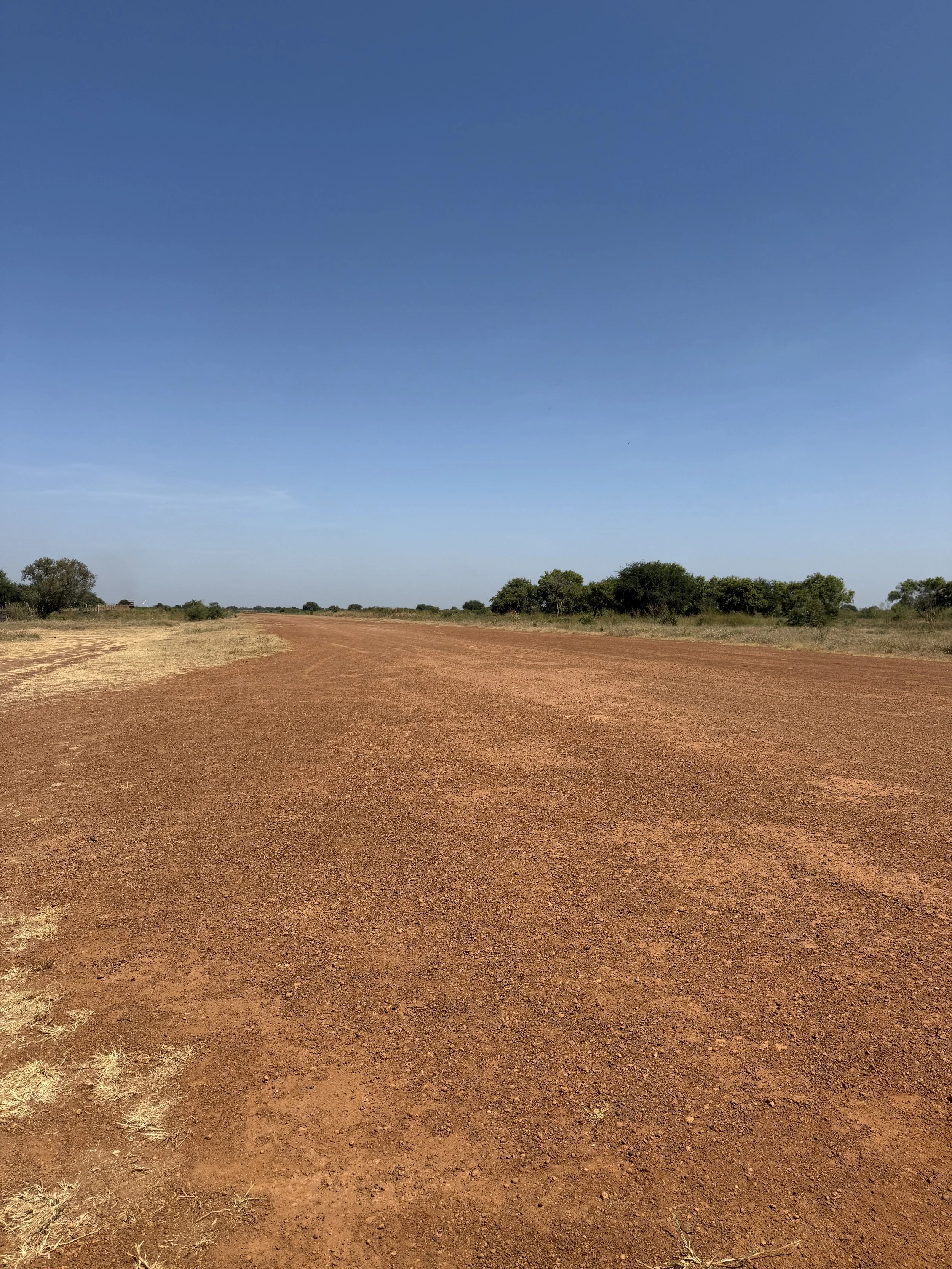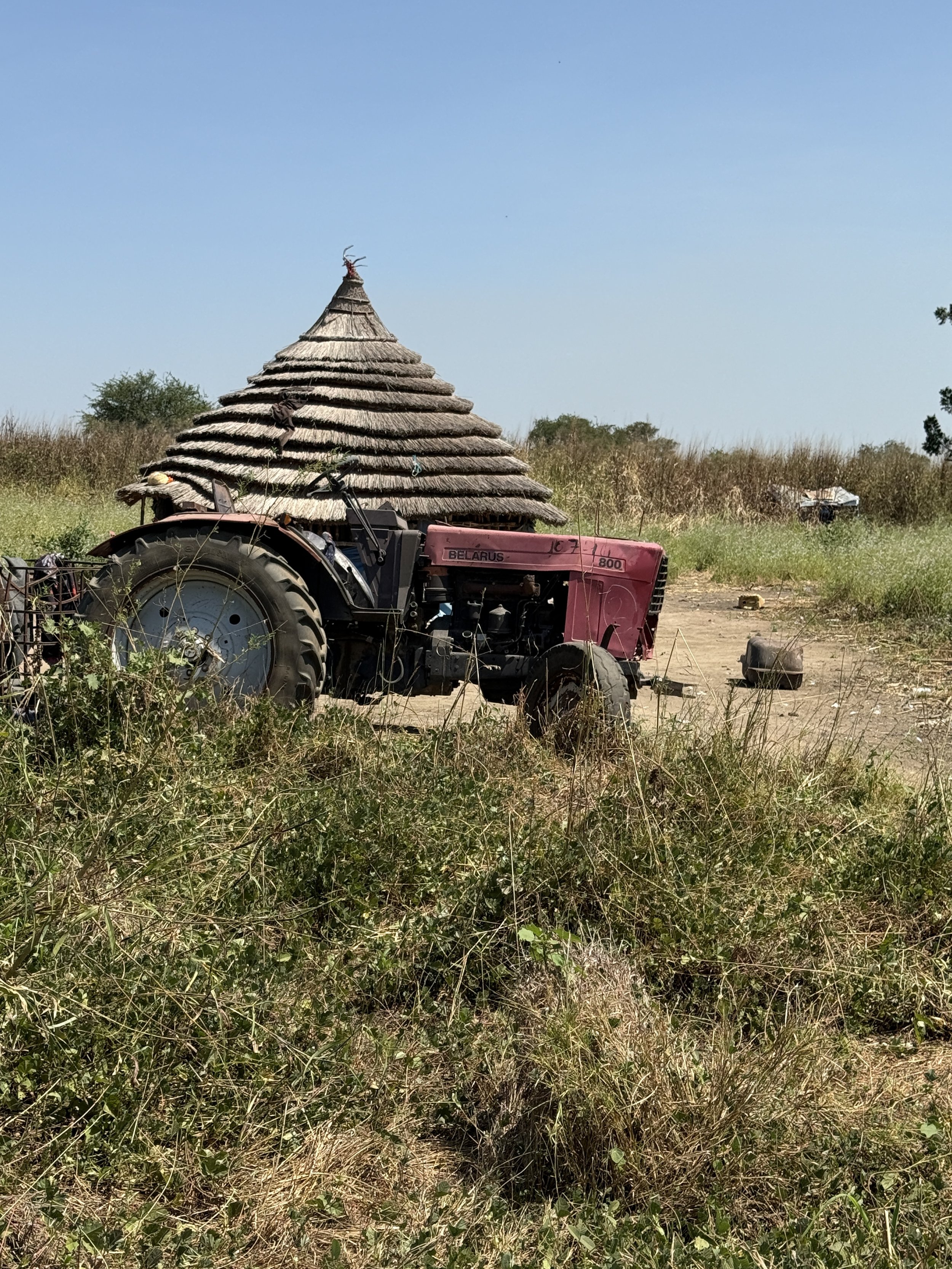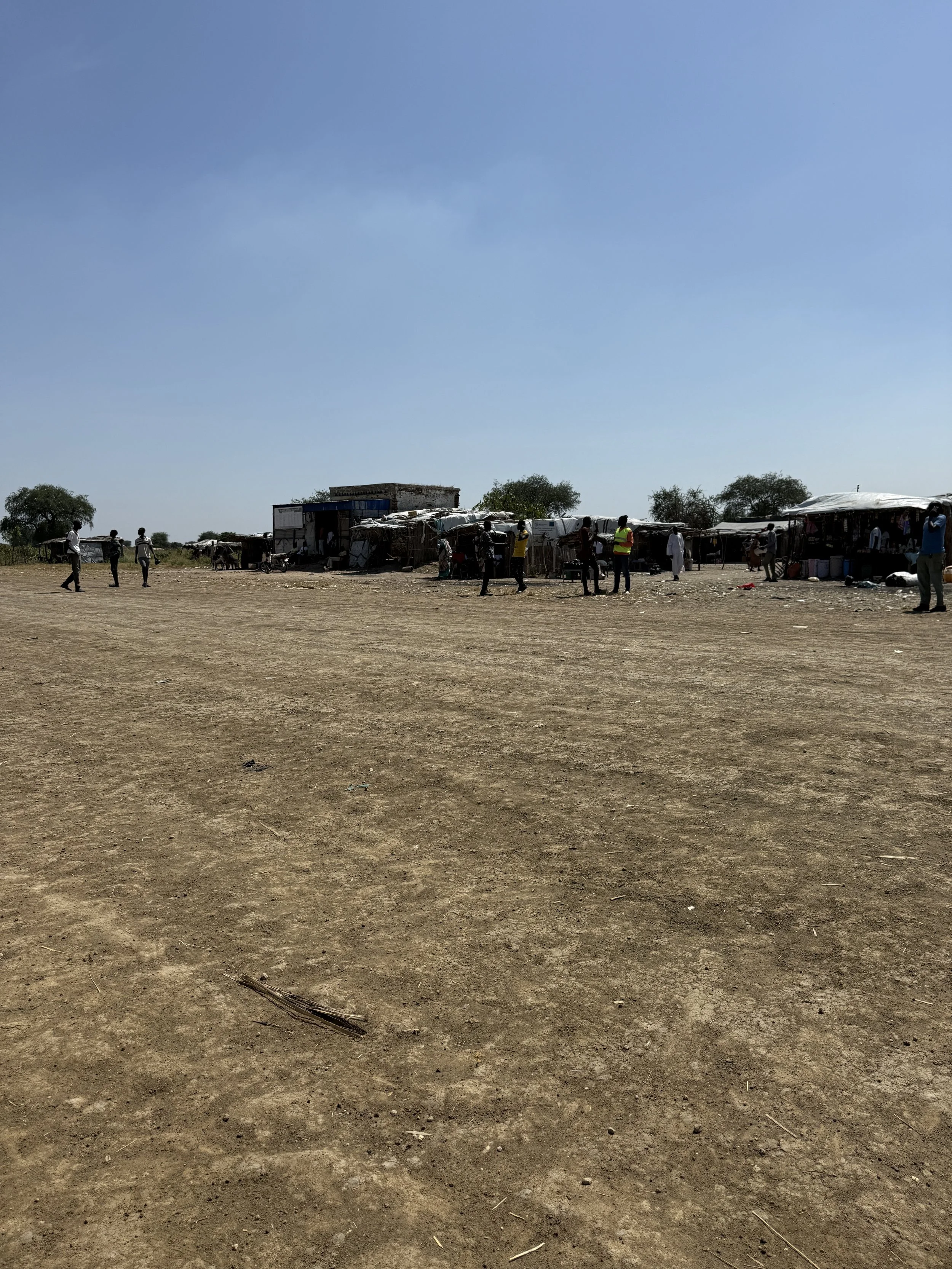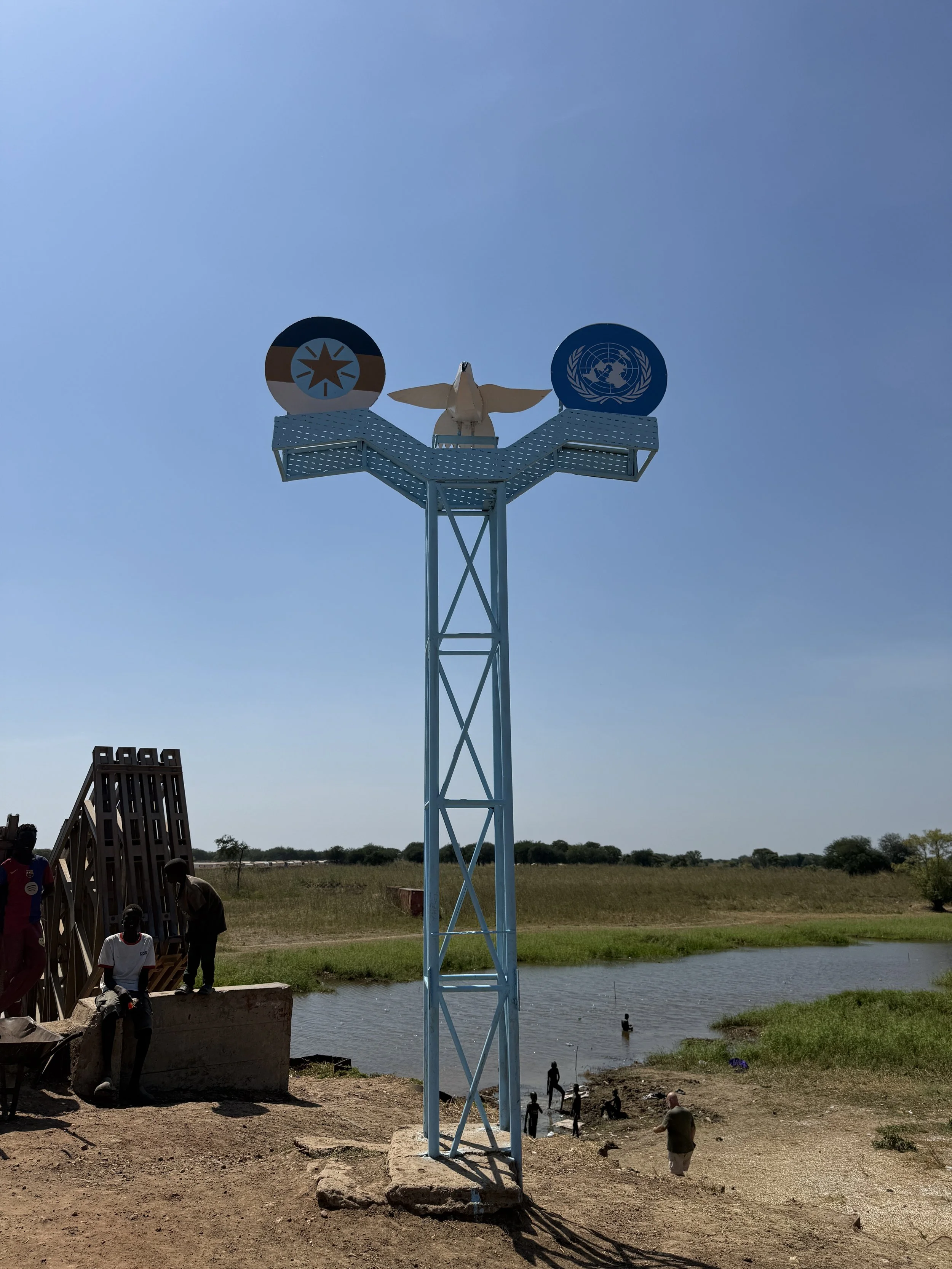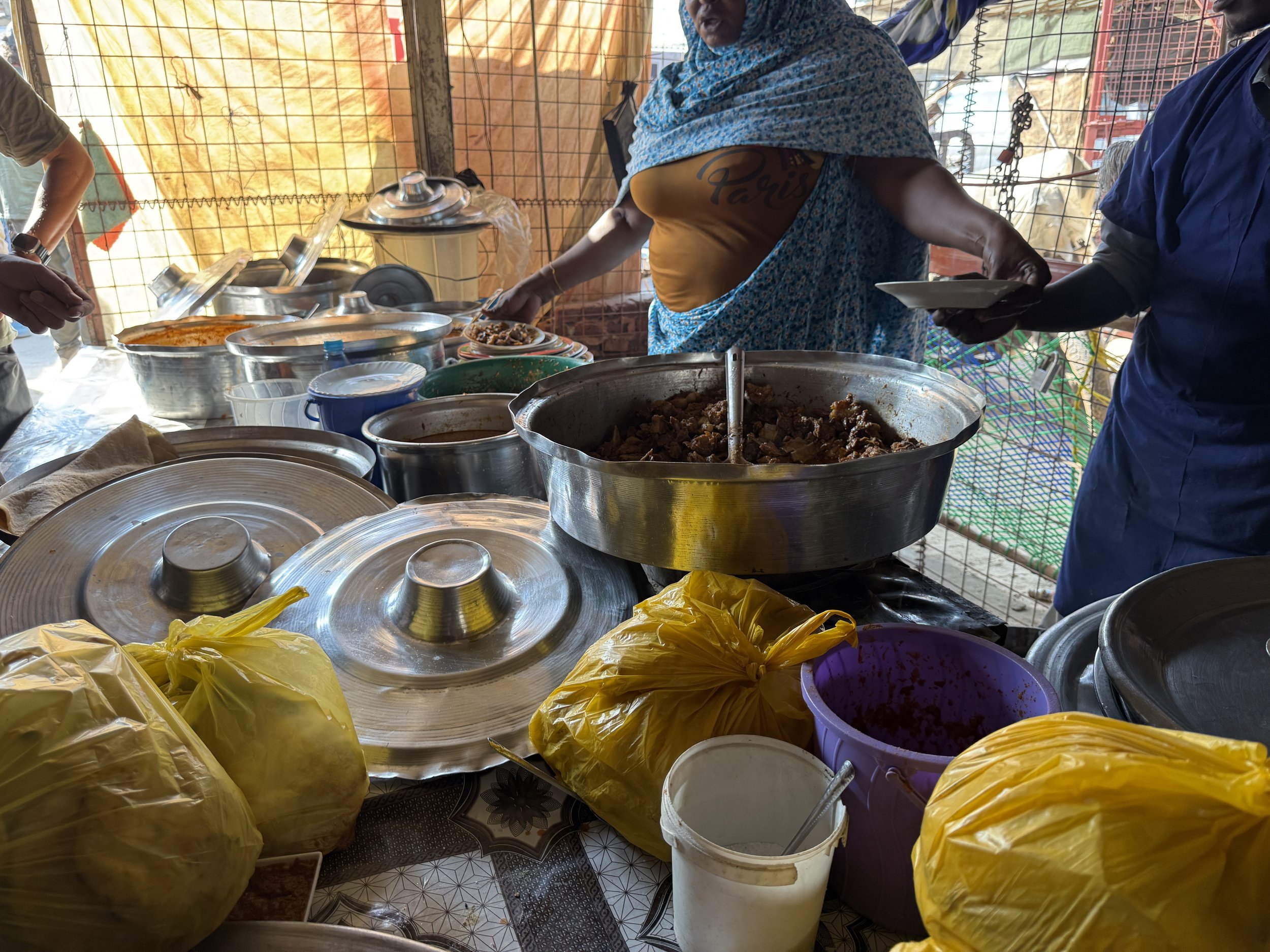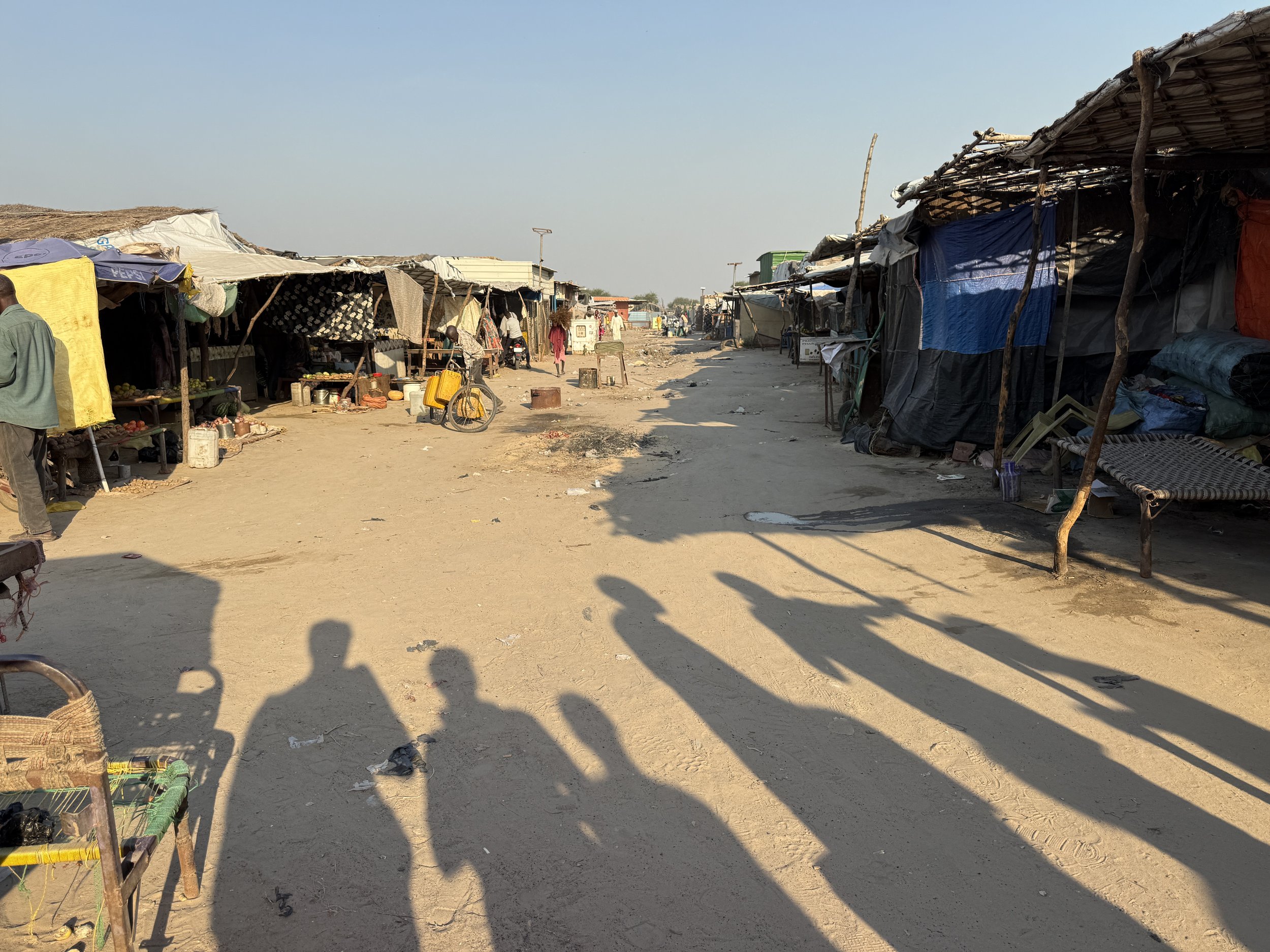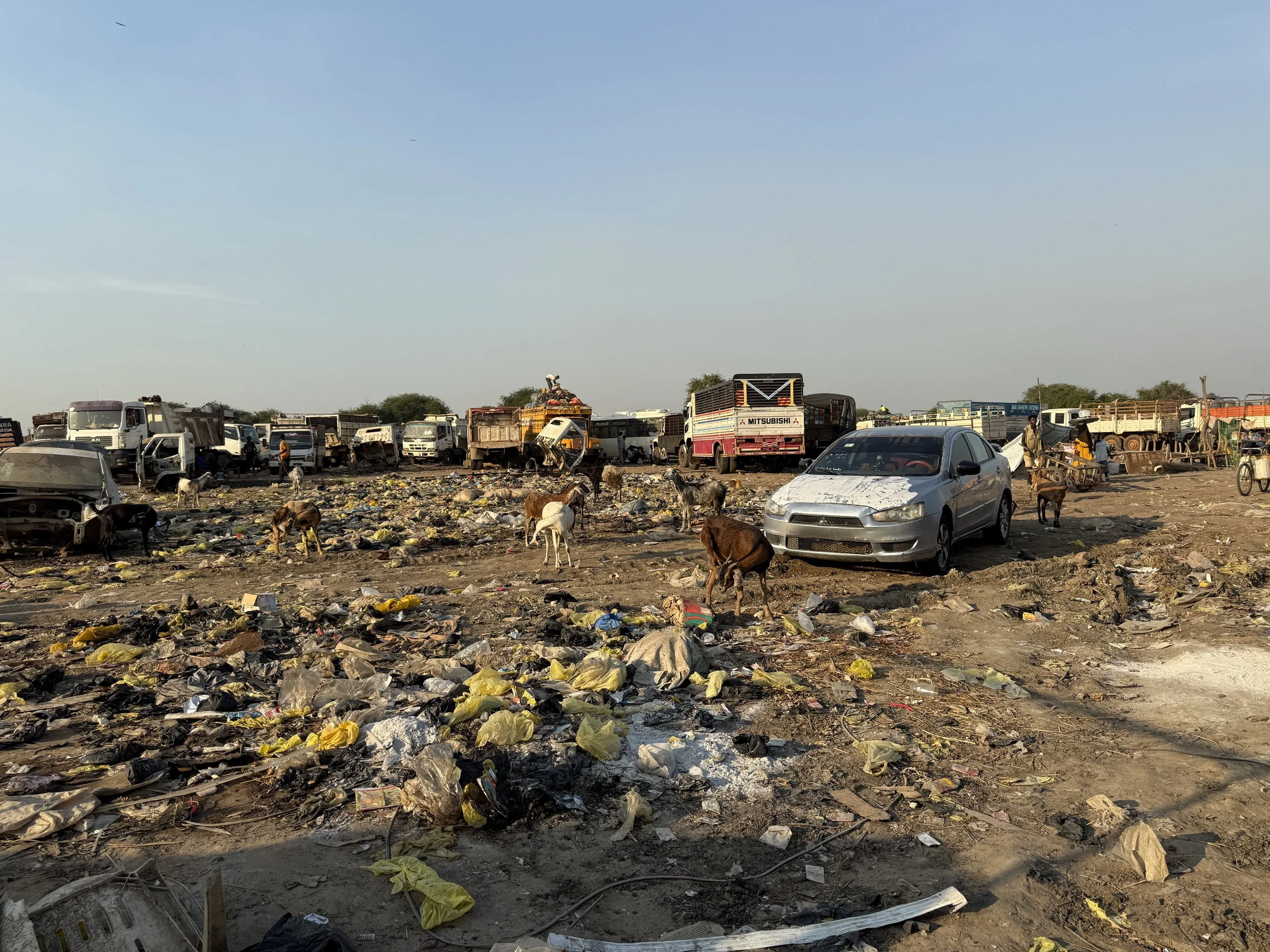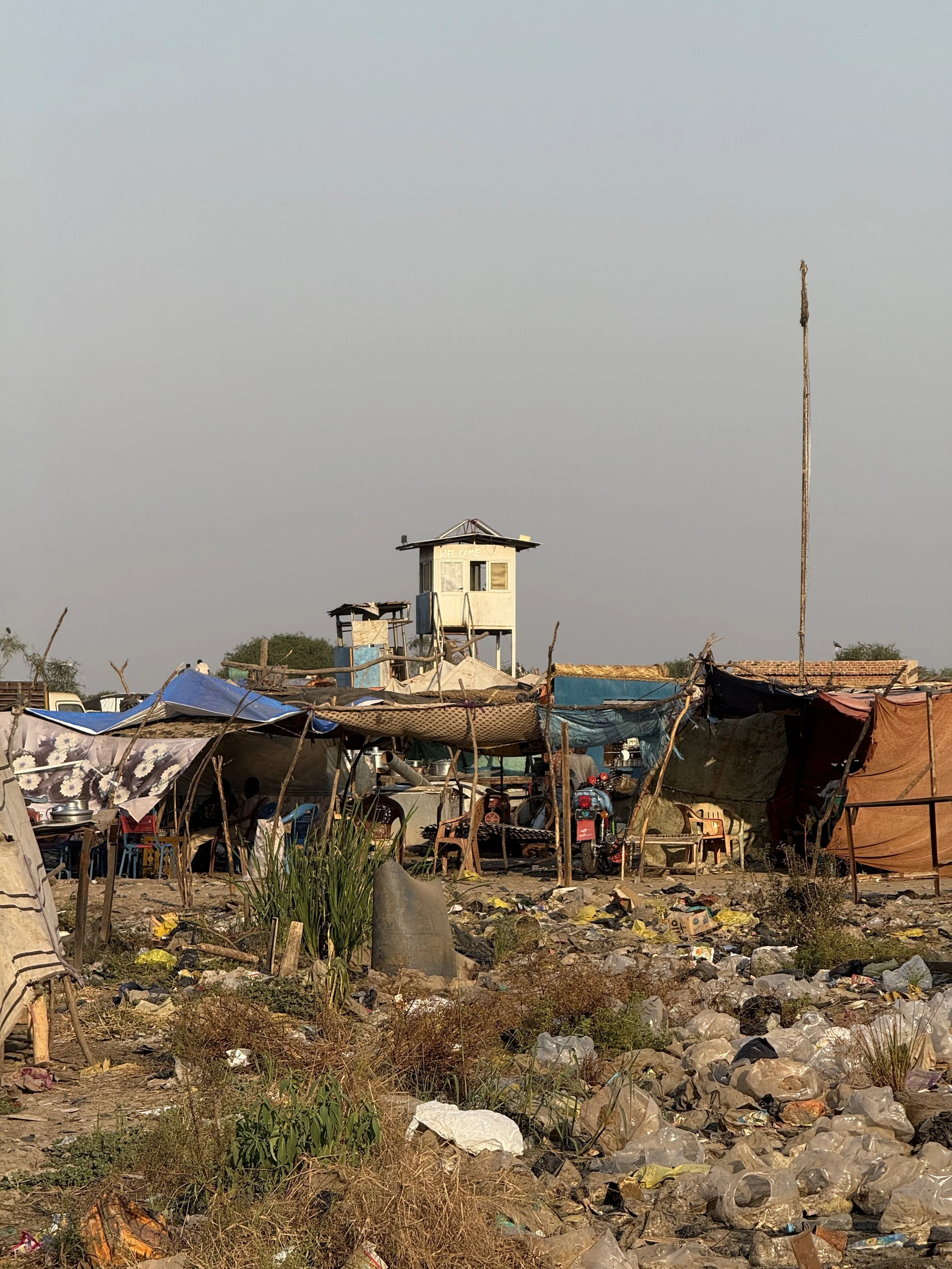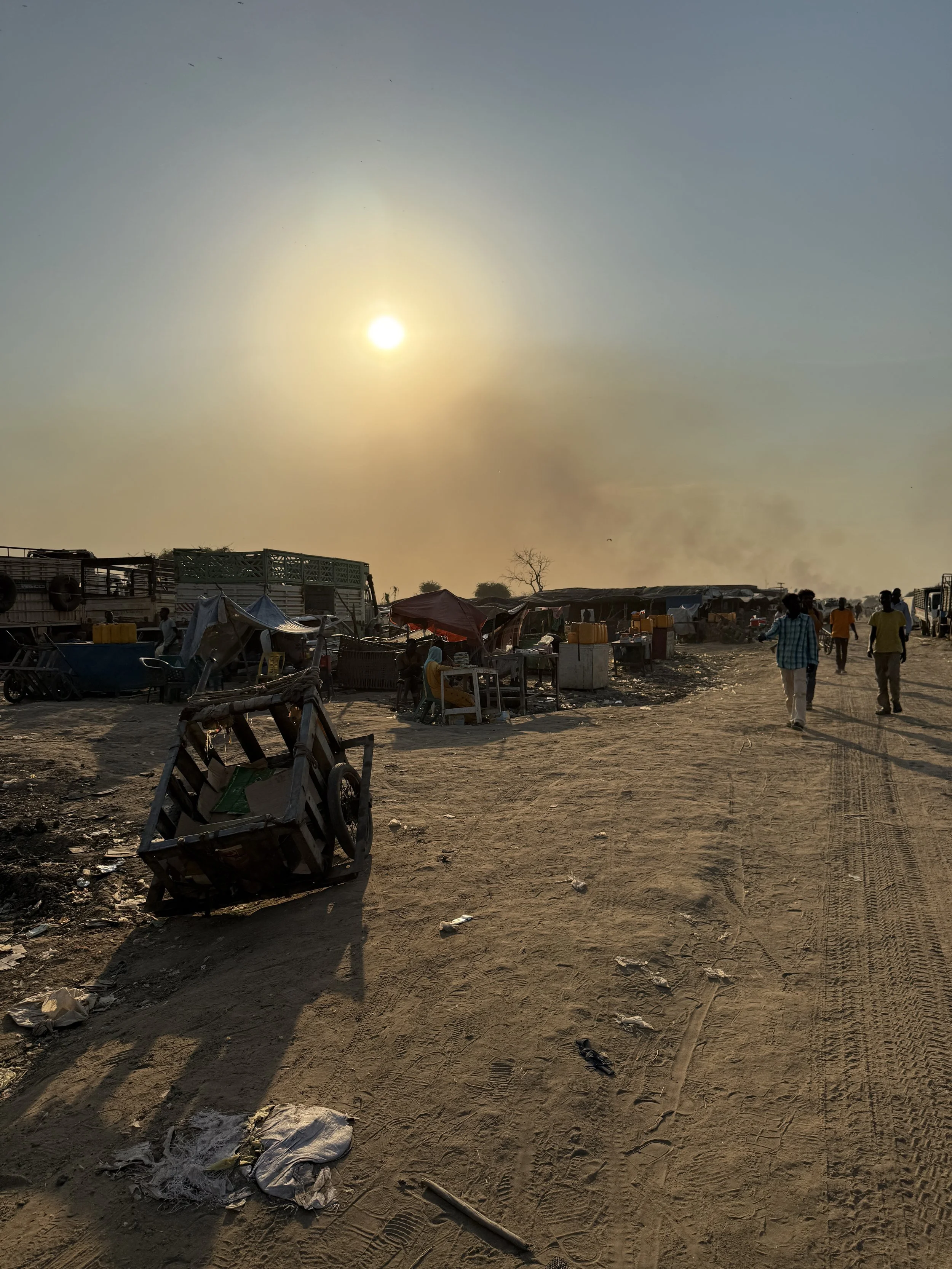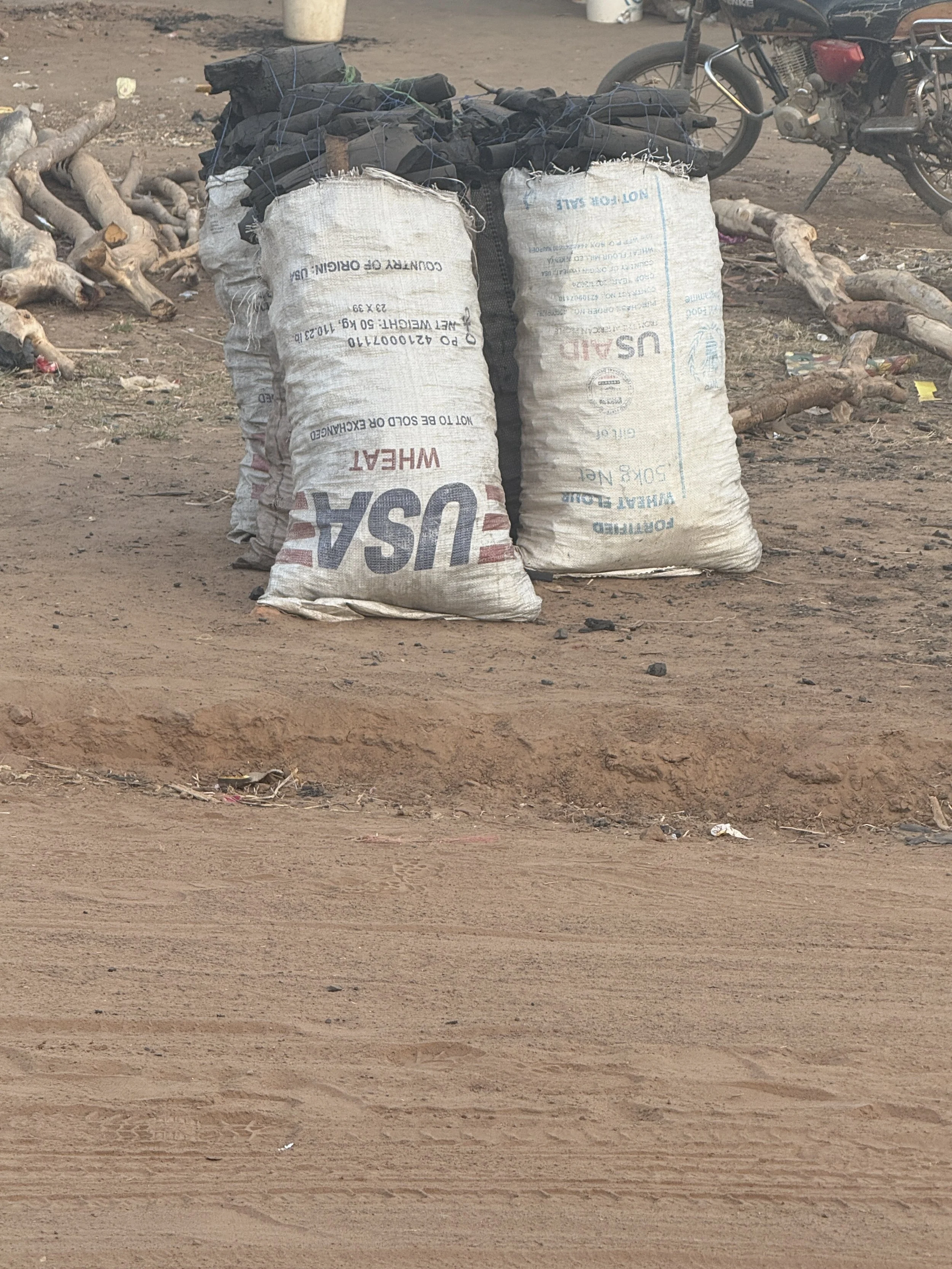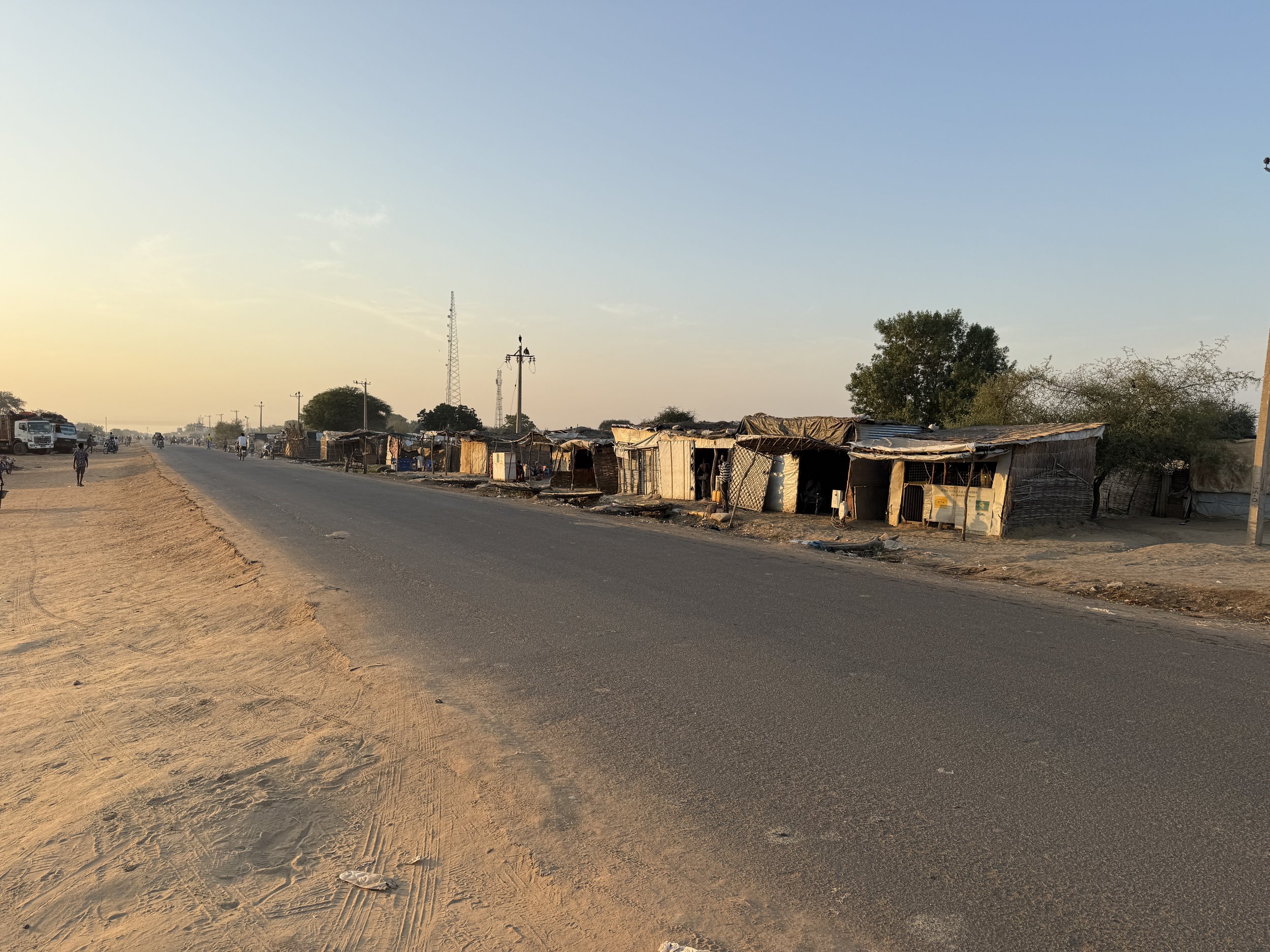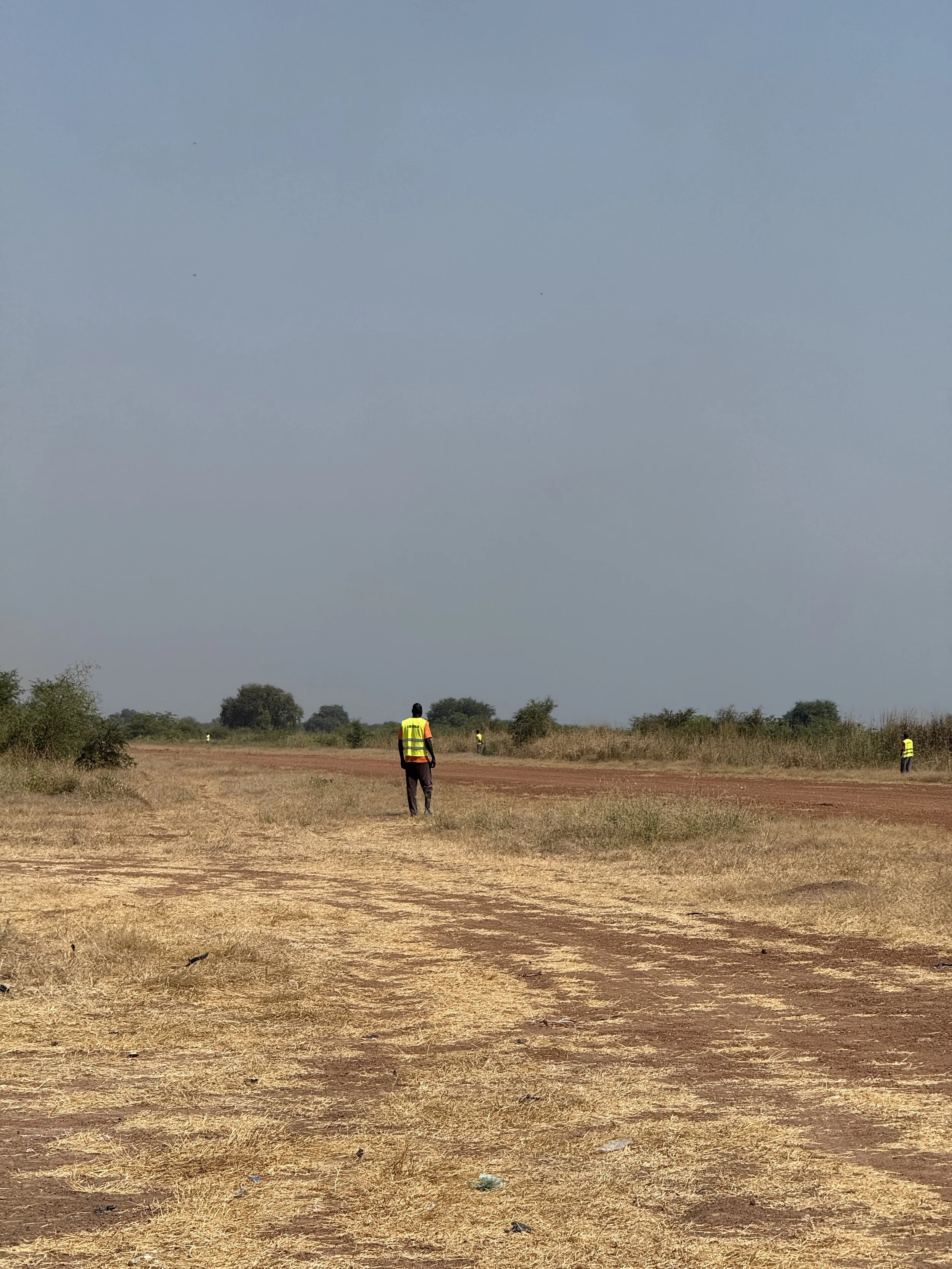Between the Sudans: Abyei
Is it possible to be in two countries at one time? At this point in human history, all of the Earth’s land is claimed, except for a small barren strip called Bir Tawil between Sudan and Egypt. There are also plenty of places where multiple countries claim ownership over a piece of land. These claims can be managed amicably, but many result in conflict. Some of these disputes result in a new border, such as Hans Island being split right down the middle between Denmark and Canada. On the other hand, Pheasant Island is owned by France and Spain in alternating 6 month periods. However, there is only one place on Earth where the decision was made to jointly own and manage the land in question: Abyei.
Abyei is an approximately 10,500 square kilometer nearly pentagon shaped piece of land nestled between South Sudan and Sudan. Its status as being shared between two countries makes it unique in the world. Nowhere else can we stand with both feet in one place and simultaneously be in two countries at once.
I was not aware of this region until Kolja Spöri mentioned it for its uniqueness and a place he was hoping to host a meeting of his Extreme Travelers International Congress (ETIC). It would be a groundbreaking trip as no known tourist group had previously made it to this region. Kolja ended up handing the baton to Charles Veley of Most Traveled People (MTP) to run the trip. In the end, the decision was made to make the trip just before MTP’s conference being held in Addis Ababa, Ethiopia in November, 2025. Given the special nature of this trip, I signed up straight away.
The Trip:
The journey began in Juba, the capital of the world’s newest UN member state, South Sudan. For most, this is the final destination. But for us, it was just the starting point.
Our group met at the Imperial Plaza Hotel for a nice dinner and sleep. The following morning, we took vans to Juba International Airport and drove straight on the tarmac where our group of 18 had a chartered L410 UVP-E20 waiting to take us up to Agok Airstrip in Abyei. Our unpressurized plane was piloted by a Ugandan pilot and flew at 10,000 feet on the 2 hour journey. We passed above very rural regions of South Sudan, and then arrived at Agok airstrip, just inside of Abyei north of the South Sudanese border.
Upon landing, we were met by a convoy of cars ready to take us up to the main town. First, we drove towards the border with South Sudan in order for some of the travelers to cross into that region (I had been there already a couple days back). After briefly visiting the new region, we headed on a very bumpy and slow 32km journey up to Abyei town. Our first stop was a small market near the town of Mokwei.
Then, we headed down the road towards a bridge over the Kiir (Bahr al-Arab) River. Here there was quite a large sign with the local flag and UN symbol with a dove. The UN has a very large presence in Abyei. We saw people from Pakistan, India, and Ghana. By the riverside there was another small market, and many people were bathing. Right before we crossed the bridge we also saw many oil trucks, which we were told are supplying Sudan with fuel during the current conflict.
Soon enough, we arrived in Abyei town. Our group was staying in a house owned by the government. It had been filled with beds and an AC unit. We just dropped off our bags before heading towards Amiet Market. This is the largest market in Abyei and is a place where North and South Sudanese traders come together for trade. One thing I noticed straight away was the fact that both countries’ currencies were present in transactions and the currency exchange booths. There was also a mix of ethnic groups, with Dinka Ngok who are very present in South Sudan and Arab-descended Missirya who are living more in Sudan.
Before exploring the market we went to a restaurant. The food was a very nice looking mix of peanut stews, meat, potatoes, and sauces. I was feeling a bit risk averse, especially given how remote we were and the fact I only spotted 2 restrooms back at the house. As a result, I had a nice meal of roast goat, rice, bread, and a cola. I rarely have soft drinks, but they are a safe bet in a place where you are concerned about what you are ingesting.
Then, we commenced on a walk around the market. There were sections for meat, produce, electronics, and gasoline. The market was in quite rough shape, but it is a testament to the perseverance of people and commerce no matter the circumstances. It was interesting to see many Starlink panels providing internet to this area.
After leaving the market, we headed back in the direction to the house we were staying. On the way, we stopped at a checkpoint of the Indian peacekeepers. The checkpoint also had a nice sign showing that Abyei is a weapons free zone, presumably for everyone but the UN given the machinery we saw that they had.
Back at the house, we got in a nice rest and then had a local dinner. The best part of these trips is getting to talk with others. This was a particularly elite group, and I was by far the least experienced traveler. So, I thoroughly enjoyed listening to the stories of those who have been to some of the most obscure corners of the planet. To me, a huge honor.
The town has limited electricity, and the house was running on a generator. So, at 2am the lights and AC were cut, and they were not on the following morning.
Day 2:
In the morning, we headed to the Presidency Office and Guest House. Here, we met with Arop Deng Kuol Arop, the Deputy Chief Minister of the area. He welcomed us very warmly to Abyei and hoped more tourist groups would come in the future. I found it very noteworthy how closely he tied his position to the central government of South Sudan. The President of South Sudan’s portrait was on the wall, and the map of Abyei was shown inside the map of South Sudan. This shows the sharing of Abyei is not viewed as the long term solution by many residents nor the current administration.
Then, we headed back on the bumpy road to Agok airstrip. When we arrived, there was another plane heading to Juba flown by two Russian-speaking pilots. It seems these flights are fairly informal with many people waiting for the plane but not making it on. In fact, when our plane arrived many people tried to get on also. In the end, our guide let one young guy onto the plane for the ride down to Juba. Our plane also came into Agok airstrip full, so they must have been selling tickets for the outbound leg of our charter. Also, in order to show the limits of the airstrip there were guys standing on the sides of the runway in high-visibility vests. My first time to see that.
Soon enough, we were wheels up and bound back to Juba. On arrival, we headed back to the Imperial Plaza Hotel for lunch and a shower. Most of the people spent the night, but a few of us flew on to Addis Ababa, Ethiopia in order to do a bit of touring ahead of the MTP conference.
Overall, I am very grateful to have had the opportunity to visit Abyei, especially as part of the region’s first tour group. Learning about and visiting these “ends of the Earth” is part of what makes me so interested in travel.
